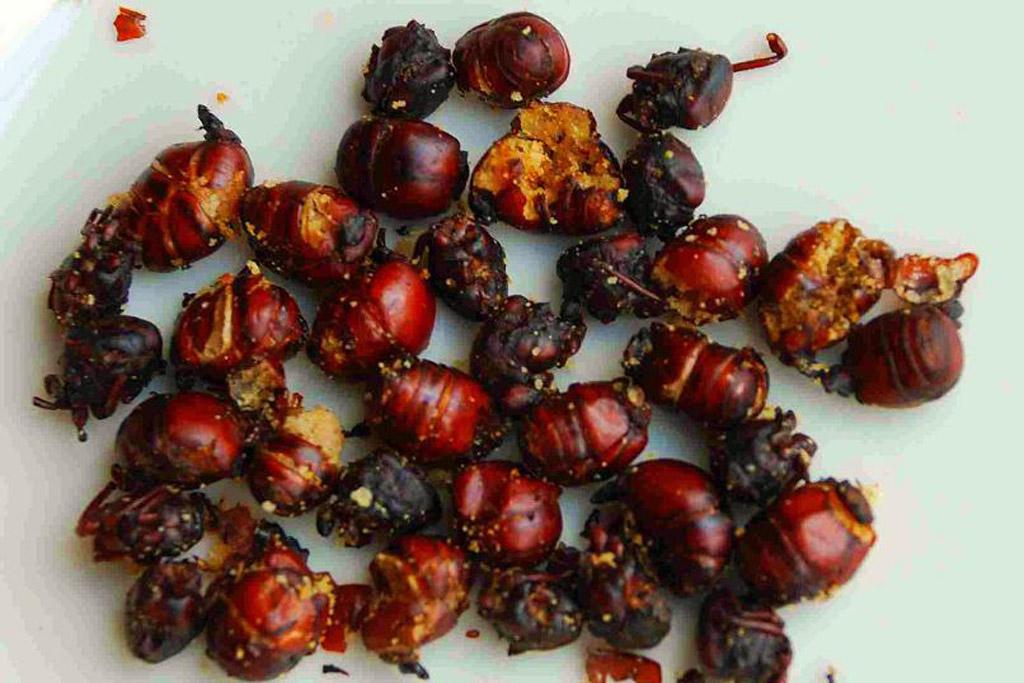5 edible Latin American bugs
Colombian fried ants.
LIMA, Peru — If you’re hungry enough, then you’ll eat it.
That seems to be the reasoning from the United Nations as it promotes “entomophagy,” the fancy scientific name for eating insects, as the key to food security in the 21st century.
With increasing ecological depletion and the earth’s human population set to reach as much as 11 billion by 2040 — compared to today’s 7 billion — bugs are one of the cheapest, most efficient and nutritious food sources available.
Yuck, you might say. But in many parts of the world, including Latin America, they’ve been eating tasty, tiny creatures with way too many legs since time immemorial.
Here GlobalPost highlights five:
Wriggling weevil babies
No, not the daughter of Tom Cruise and Katie Holmes. In Peru, suri is the name of the outsize larvae of the palm weevil, a staple of the Amazonian diet. An inch or two long, fat and fatty, this grub can be fried, roasted or barbecued on a spit. Locals in jungle towns, however, prefer to offer it to visitors not just raw but live and wriggling.
Grasshoppers and beer
Mexicans have been eating all kinds of arthropods since long before the Spanish showed up in the 16th Century. Chapulines, or grasshoppers, are probably the most famous. There are various recipes but a personal favorite is Oaxacan-style; deep fried and smothered in chili powder. Spicy and salty, they go perfectly with a cold cerveza.
Ant larvae tacos
Another Mexican classic is escamoles, ant larvae that are a common delicacy in the Yucatan peninsula. They are harvested from agave cactuses used to make tequila and mezcal. Often described as “nutty” and “buttery” in flavor, they are typically served in a tortilla, along with the usual Mexican musts of hot salsa, salt and lime juice.
Barbecued tarantulas
OK, OK, so spiders aren’t insects. But this one was too good to leave out. Various cultures around the world eat tarantulas but the Piura tribe in the Venezuelan Amazon have the best recipe. They barbecue goliath, aka “bird-eating” tarantulas whole, on the end of a stick. Cooked this way, the giant spider, the size of an adult human’s hand, is about as crunchy as Col. Sander’s extra crispy chicken recipe.
Big-assed ants
In Colombia, they like their ants culonas or “big-assed.” They even export them to Europe now, where one company sells them covered in chocolate. In Brazil, the preference is for queen ants, or ica, of several species. Amazonian ants aren’t like their US cousins; they can get up to an inch long and many are poisonous. They can be cooked in various ways or eaten raw. If you do eat them alive though, be sure to rip off their lower jaw to stop them biting inside your mouth!
We want to hear your feedback so we can keep improving our website, theworld.org. Please fill out this quick survey and let us know your thoughts (your answers will be anonymous). Thanks for your time!
